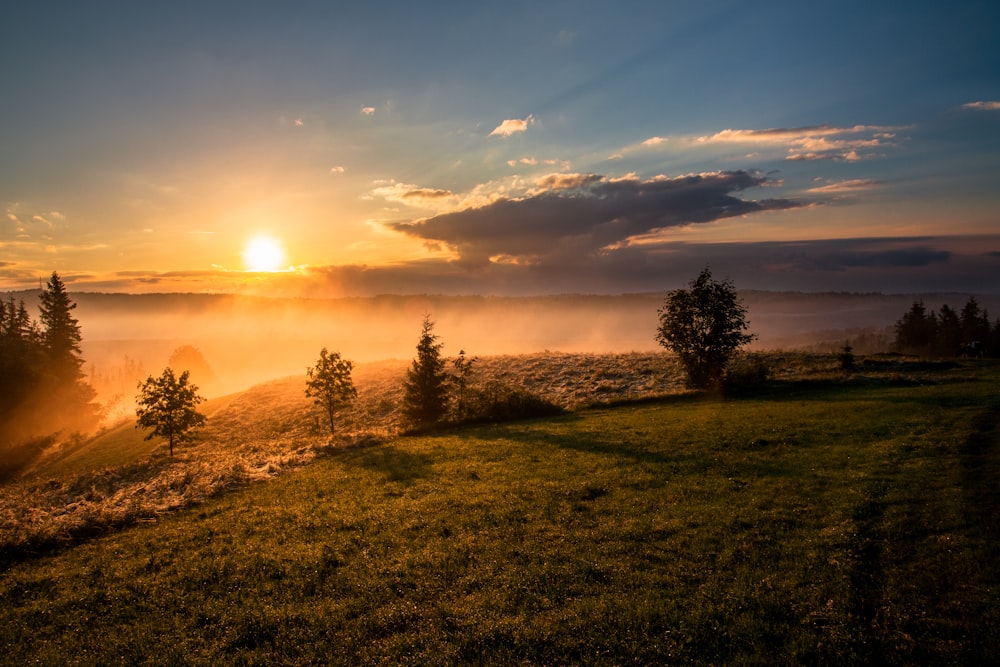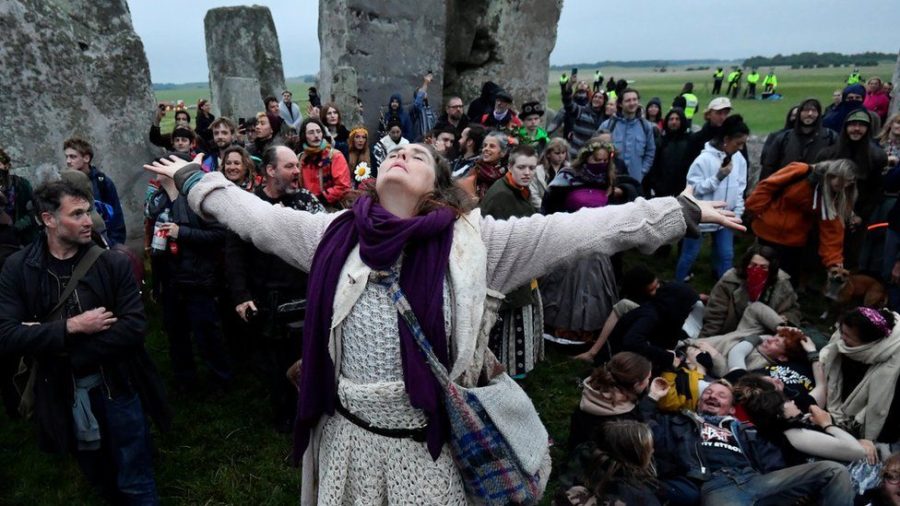
Hundreds attend Stonehenge despite advice asking them not to travel to the site in line with Covid restrictions.
People were seen climbing over a low fence to access the stones.
Wiltshire Police said the event was peaceful but added the number of people at nearby Avebury had caused issues.
More than 200,000 people from around the world tuned in to the live stream for the solstice but ended up watching pre-recorded footage of the stones until the feed returned at around 05:00 BST, showing largely cloudy skies.

What is the summer solstice? (See below)
Video from the scene showed about a hundred people inside the stone circle and a banner reading “Standing for Stonehenge”.
English Heritage had been preparing to welcome visitors in person until the government delayed the easing of covid restrictions into July. Hundreds ignore Stonehenge ban. Solstice revelers urged to avoid site. Stonehenge summer solstice event canceled for a second year. It said the “difficult decision” to cancel planned celebrations was made following discussions with Wiltshire Council and Wiltshire Police
It meant the organisation held a virtual event for the second consecutive year.
Apologising for the live stream outage, host Ed Shires said: “We have been disappointed that a number of people have chosen to disregard our request to not travel to the stones this morning and that is the reason why we haven’t been able to bring you the pictures that we would have liked to have done.
“It is disappointing to see that happen but unfortunately in those kind of situations we have to put the safety of our staff members first and that’s why we have had some interruption this morning.”
A spokeswoman for English Heritage added: “The Covid-19 restrictions were extended for a reason and it was disappointing to see, during a pandemic, people act in a way that put themselves, our staff and the police at risk.” Read more from BBC

What to know about the summer solstice, aka ‘longest day of the year’
The following written content from Shanti Lerner
The temperature in Western and Southwestern U.S. has been in the triple digits for a few weeks now, but don’t be surprised if someone tells you it technically isn’t summer yet.
The first day of summer 2021 is June 20 at 11:32 p.m. EDT. It’s often called the longest day of the year because it’s the day with the most daylight (every “day” has 24 hours).
For many cultures around the world, the first day of summer is welcomed with celebrations and rituals that recognize the sun’s importance to human life. Summer solstice observations take many forms around the world.
While it marks the first day of summer, the real heat is still to come. On average, there is a one-month lag between the solstice and peak summer temperatures, according to climatologist Brian Brettschneider. That’s why July is almost always the hottest month of the year in most locations.
Here are facts about the summer solstice:
What is the summer solstice?
The summer solstice is the day when the sun travels its longest path through the sky and reaches its highest point.
Due to the tilt of the Earth on its axis, the North Pole is shifted almost directly toward the sun, hence the long hours of daylight, according to Britannica.com.
In the Northern Hemisphere, the solstice occurs between June 20 and 22.In the Southern Hemisphere, the summer solstice occurs on Dec. 21 or 22.
What are some summer solstice rituals?
For centuries the position of the sun at specific times was an indication of how to plant or harvest crops or practice day-to-day tasks or rituals.
The Mayans and Aztecs used the summer and winter solstices as markers to build structures that precisely line up with shadows created by the sun, according to Scientific American. Many Native American tribes recognize the summer solstice with a Sun Dance.
History.com notes that the ancient Greeks used the solstice as a one-month countdown to the beginning of the Olympic games. In Sweden, the solstice is called Midsommar and celebrations welcome the summer as a season of fertility according to the Swedish Institute.
The Stonehenge rock formation in England perfect aligns with the sun’s movement on both the summer and winter solstices. Although its origins and reasons for its creation are not understood, Stonehenge has become one of the most popular places to observe the solstice. Read more from USA Today





